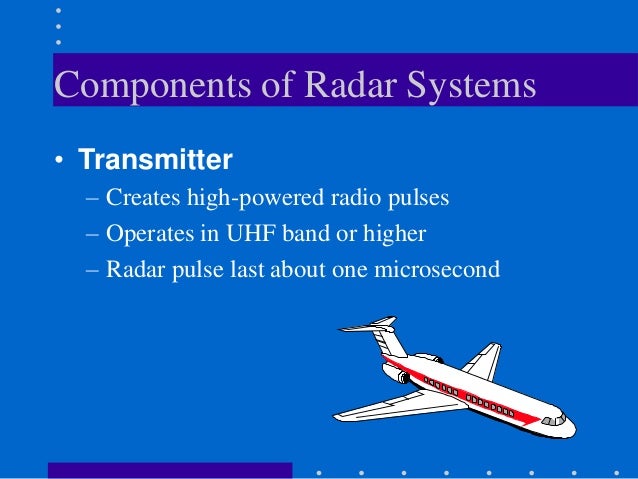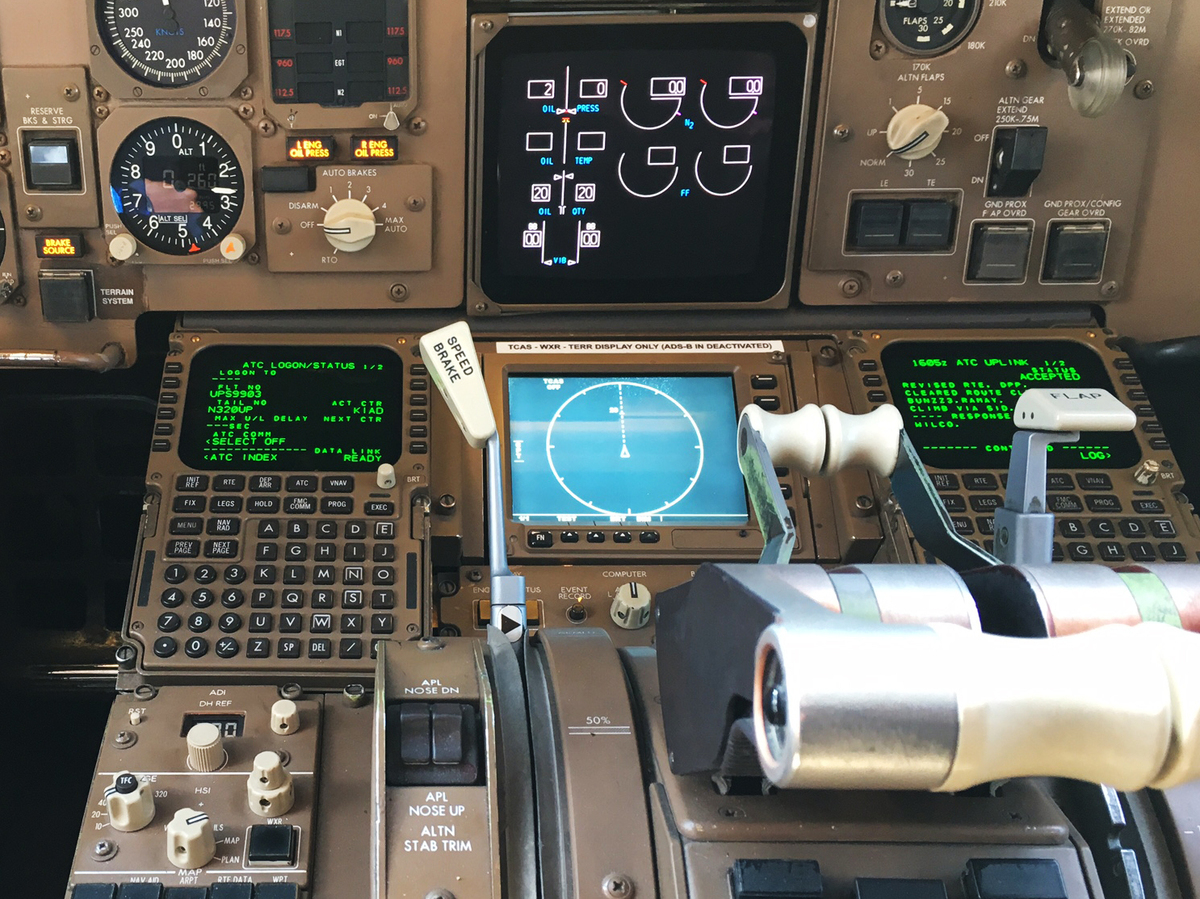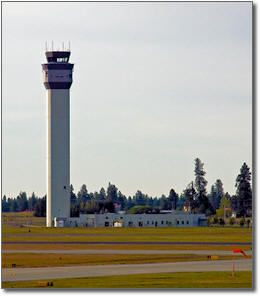

Multiple stations can transmit at the same time, without the risk of blocking other transmissions.

It is already widely deployed in many areas, one example being Maastricht UAC, one of the busiest area control centres in Europe. In the following I will just discuss CPDLC).ĬPDLC is a digital system that allows ATC and pilots to communicate via text. (Other, similar systems exist as well, with different names. It's called CPDLC, or Controller-Pilot Datalink Communications. So why isn't there work being done to phase out simplex radio in aviation? If both flights read back the instruction at the same time, neither of them will hear the readback from the other aircraft and realise the mistake, and ATC might hear just one of the readbacks, and not realise that both flights are following the instruction meant for just one of them. This limitation regularily results in various incidents - for example, when there are two aircraft with similar sounding radio callsigns on an ATC channel, one crew might mistake an instruction for the other flight, thinking it is actually meant for them. The main problem is that the two stations transmitting will have no way of knowing that they are blocking eachother. Sometimes, if one signal is stronger, it will be possible to hear that signal but not the other. Simplex radio only allows one station per channel to transmit at the same time if two stations transmit at the same time, the signal will be blocked. Weather, stress, a terrorist attack, company policy, poor CRM and many other things were also contributing factors.Ĭommunication between air traffic control (ATC) and pilots is mostly based on simplex radio. There is enough redundancy in aviation systems and procedures that a single fault somewhere in the system will never be enough to cause an accident. I would just want the possibility of pilots/ATCs talking over each other to be close to 0.Įdit2: I know the Tenerife disaster was caused primarily by the pilot's inability to wait for clearance, and then report it back, but this question is about radio interference and if a solution exists, not if fixing radio interference is a worthwhile task to begin with.įirstly, it is worth noting that the blocked radio transmission is only one point on a very long list of factors that caused the horrible accident on Tenerife. I understand that the science behind radio waves is the cause for this interference, but is there a solution (non-radio if need be) for when ATC and other aircraft talk over each other?Įdit1: By solution I mean a way of only allowing 1 party to speak on a specific frequency at a time, be it technical or not. Either message, if heard in the KLM cockpit, would have alerted the crew to the situation and given them time to abort the takeoff attempt.

This message was also blocked by the interference and inaudible to the KLM crew. The Pan Am crew's transmission was "We're still taxiing down the runway, the Clipper 1736!". This caused the KLM crew to miss the crucial latter portion of the tower's response. I was reading about the Tenerife Disaster and came across what seemed to be the probable cause behind the accident.Ī simultaneous radio call from the Pan Am crew caused mutual interference on the radio frequency, which was audible in the KLM cockpit as a three-second-long whistling sound (or heterodyne).


 0 kommentar(er)
0 kommentar(er)
